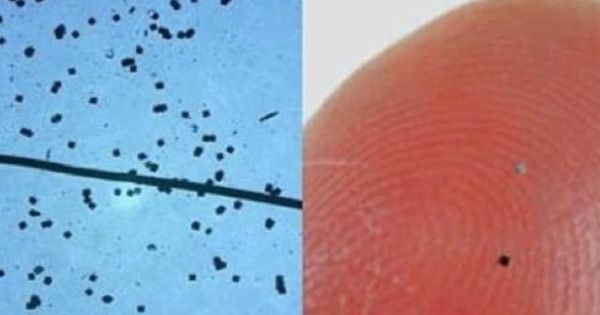The best energy storage performance yet achieved has been achieved by a nanosheet device created by a research team at the Institute for Materials and Systems for Sustainability (IMaSS), Nagoya University in Japan, under the direction of Professor Minoru Osada. Nano Letters published their findings.
Energy storage technology advancements are essential for the efficient use of renewable energy sources and the widespread production of electric vehicles. Lithium-ion batteries, a common kind of modern energy storage, have lengthy charging times as well as issues with electrolyte lifespan, deterioration, and even unintended ignition.
One promising alternative is dielectric energy storage capacitors. A sandwich-like film comprised of two metal electrodes and a solid dielectric layer serves as the foundation of the capacitor. Dielectrics are substances that store energy using polarization, a physical charge displacement mechanism.
Positive charges are drawn toward the negative electrode when an electric field is provided to the capacitor. The negative charges are drawn to the positive electrode by this attraction. When an external electric field is applied, the dielectric layer is polarized, which determines how much electrical energy can be stored.
This achievement provides new design guidelines for the development of dielectric capacitors and is expected to apply to all-solid-state energy storage devices that take advantage of the nanosheet’s features of high energy density, high power density, short charging time of as little as a few seconds, long life, and high temperature stability.
Professor Minoru Osada
“The dielectric capacitors have many advantages, such as a short charging time of only a few seconds, long life, and high power density,” Osada said.
The energy density of modern dielectrics, however, is far insufficient to fulfill the rising demand for electrical energy. Dielectric capacitors may compete with other energy storage technologies if the energy density was increased.
The secret to getting high energy density is to apply as high an electric field as possible to a material with a high dielectric constant because the amount of polarization affects how much energy is stored in a dielectric capacitor. However, existing materials are limited by the amount of electric field they can handle.
To go beyond conventional dielectric research, the group used layers of nanosheets made of calcium, sodium, niobium, and oxygen with a perovskite crystal structure.
“The perovskite structure is known as the best structure for ferroelectrics, as it has excellent dielectric properties such as high polarization,” Osada explains. “We found that by using this property, a high electric field could be applied to dielectric materials with high polarization and converted into electrostatic energy without loss, achieving the highest energy density ever recorded.”
The research team’s findings supported the claim that nanosheet dielectric capacitors might increase energy density by 1-2 orders of magnitude while maintaining high output density. It’s exciting to note that the nanosheet-based dielectric capacitor attained a high energy density and was stable even at high temperatures of up to 300°C. It also remained stable over numerous cycles of operation.
“This achievement provides new design guidelines for the development of dielectric capacitors and is expected to apply to all-solid-state energy storage devices that take advantage of the nanosheet’s features of high energy density, high power density, short charging time of as little as a few seconds, long life, and high temperature stability,” Osada said.
“Dielectric capacitors possess the ability to release stored energy in an extremely short time and create an intense pulsed voltage or current. These features are useful in many pulsed-discharge and power electronic applications. In addition to hybrid electric vehicles, they would also be useful in high-power accelerators and high-power microwave devices.”















